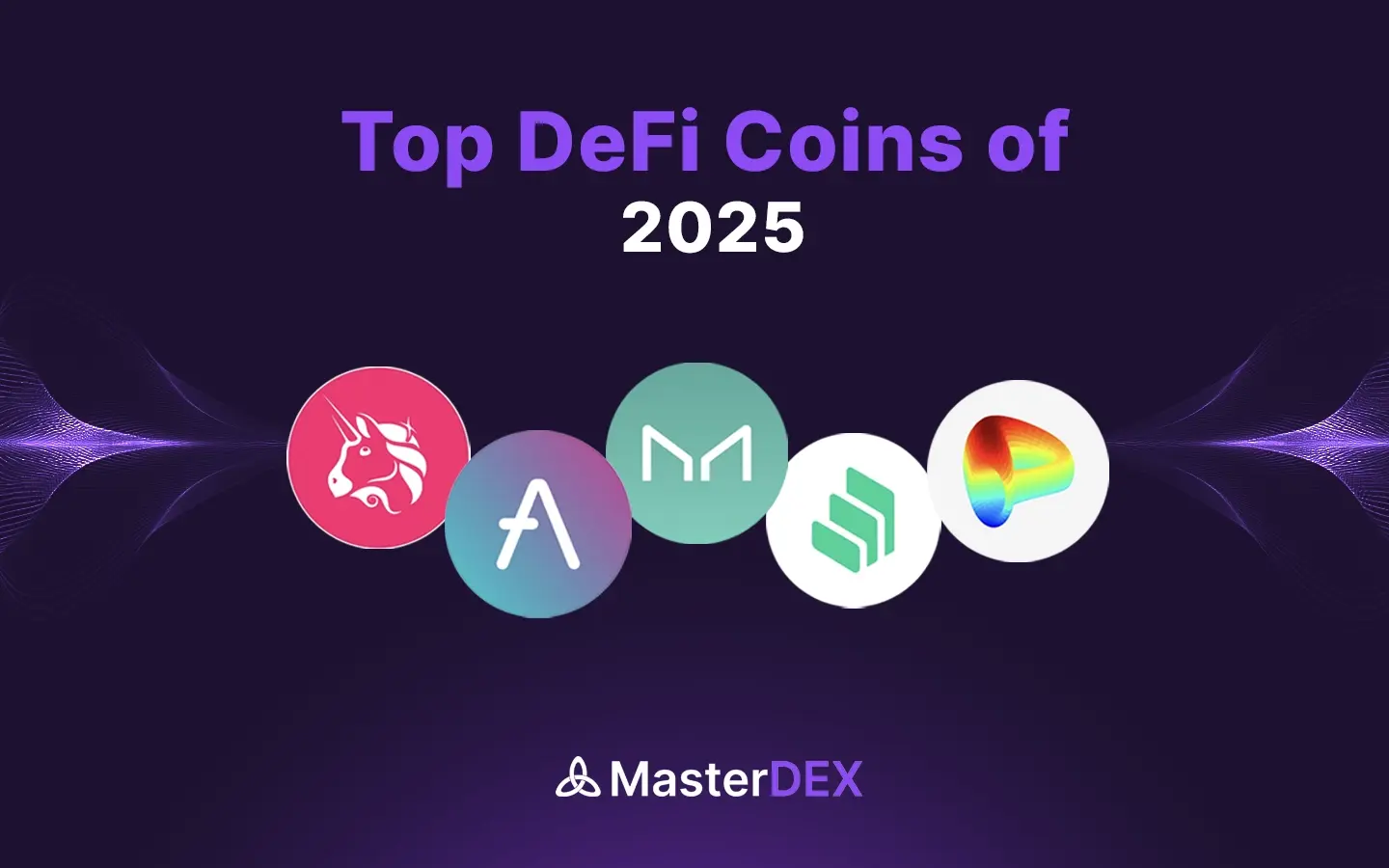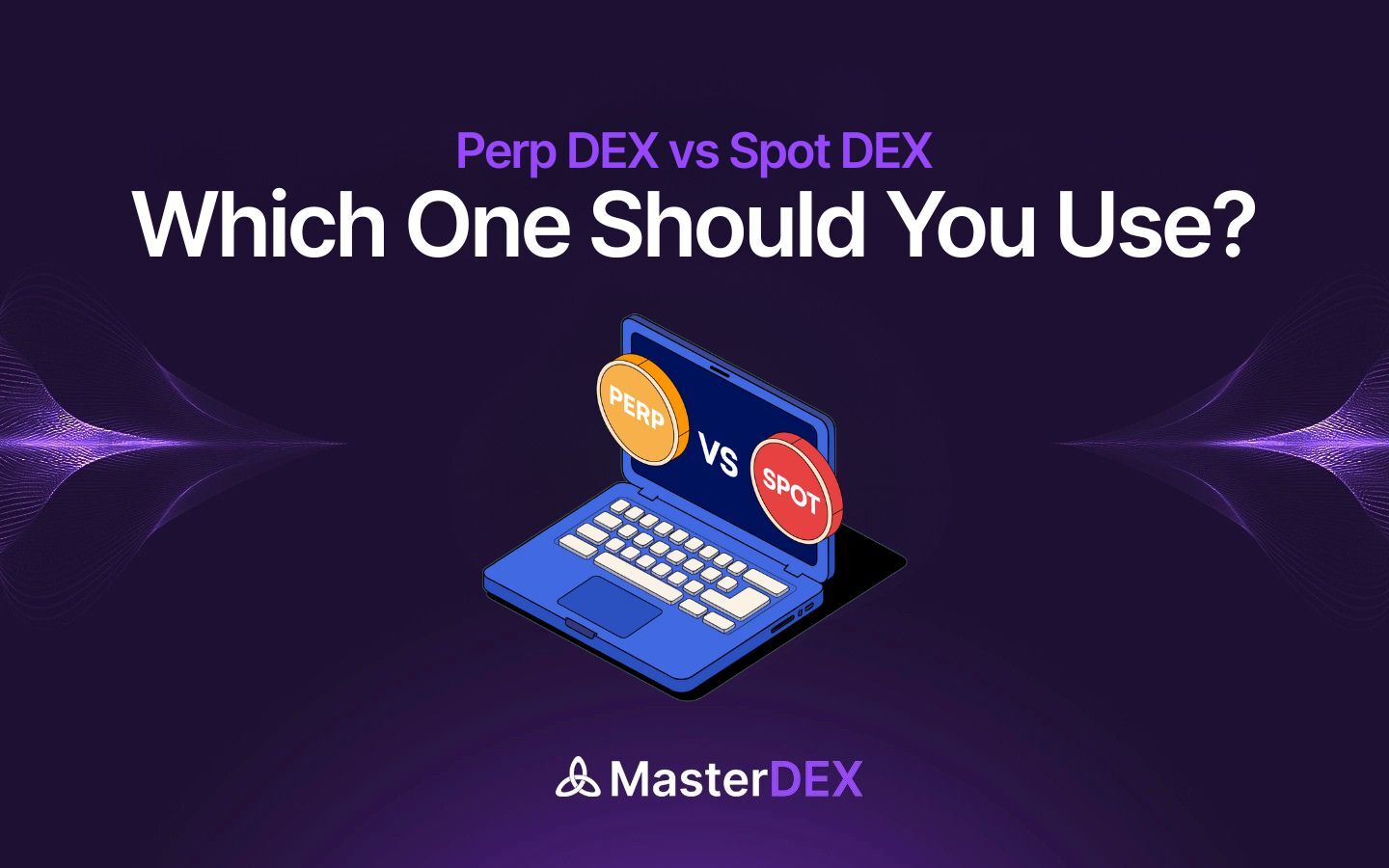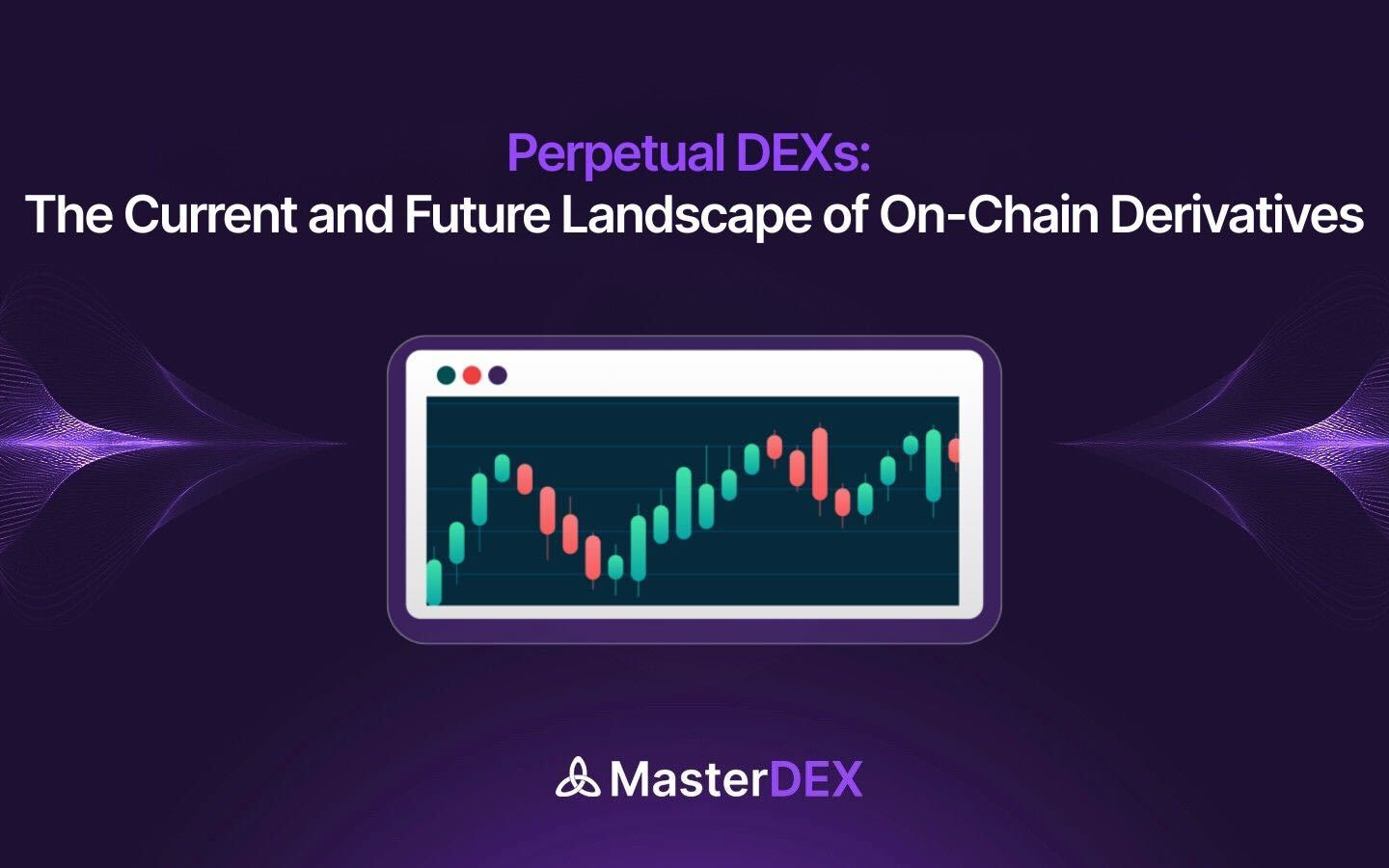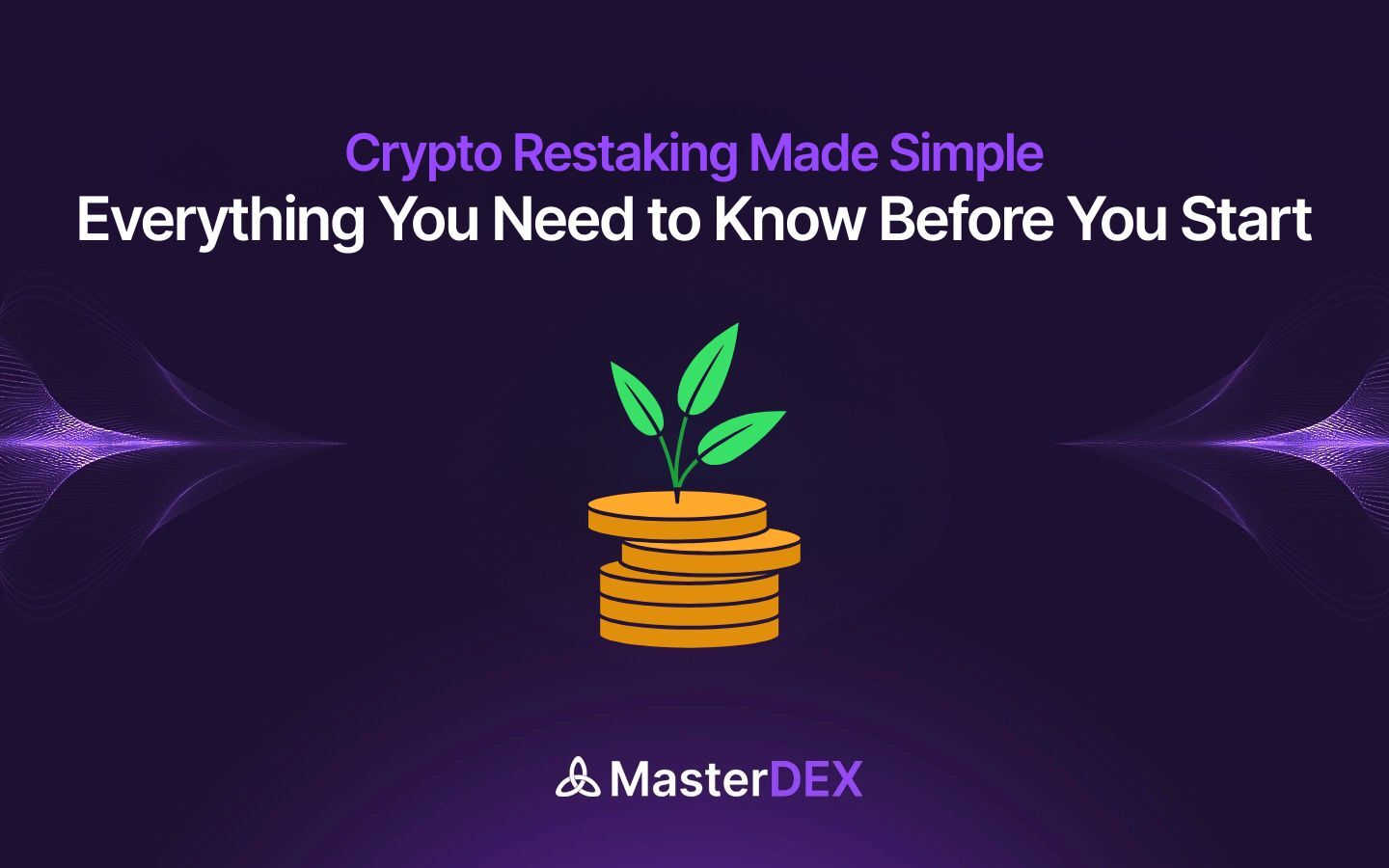Table of Contents:
ToggleIntroduction
Decentralized Finance (DeFi) has emerged as one of the most revolutionary segments in the blockchain and cryptocurrency landscape. By eliminating the need for traditional intermediaries like banks and financial institutions, DeFi enables peer-to-peer financial services that are powered by smart contracts and decentralized protocols. As of 2025, DeFi has evolved from a niche experiment into a robust financial ecosystem that serves millions globally. The year has witnessed growing institutional interest, deeper liquidity, expanding use cases, and improved infrastructure, making it a pivotal time to evaluate the top-performing DeFi coins.
The appeal of DeFi lies in its foundational principles: transparency, censorship resistance, and permissionless access. These traits have enabled anyone with an internet connection to access borrowing, lending, trading, and yield-generating services without geographic or bureaucratic limitations. Moreover, recent advancements in Layer 2 scaling solutions, tokenized real-world assets (RWAs), and composable DeFi applications have further enhanced the functionality and inclusivity of the sector.
In this blog, we delve into the most promising and widely adopted DeFi tokens of 2025. These tokens have not only survived multiple market cycles but have continued to innovate, expand, and redefine financial access for both individual users and institutional investors. Their ability to adapt, evolve, and attract liquidity has positioned them as dominant players in the next chapter of decentralized finance.
What Makes a DeFi Coin’ Top’?
Identifying the top DeFi coins is more nuanced than simply tracking price trends. The leading DeFi tokens of 2025 have earned their reputations not by hype but by demonstrating real-world utility, market resilience, and the ability to evolve with the rapidly changing crypto landscape. Below are the key factors that determine which tokens stand out from the rest.
1. Utility and Product-Market Fit
A DeFi token’s true strength lies in its function within the ecosystem. Tokens that are deeply integrated into the operations of their native platforms—such as enabling governance decisions, powering collateral mechanisms, or incentivizing liquidity provision—hold far more long-term value than tokens that serve as mere speculative assets. For example, a token that allows users to participate in protocol upgrades or earn staking rewards creates a feedback loop of engagement and commitment, fostering a sense of ownership and loyalty. A strong product-market fit means the token solves an actual financial problem for a real user base.
2. Adoption and Liquidity
Market adoption is one of the clearest indicators of a project’s legitimacy and success. A widely adopted DeFi protocol will have a large number of active wallets, high transaction volume, and considerable Total Value Locked (TVL). Additionally, liquidity is the lifeblood of DeFi. Platforms with deep liquidity pools offer smoother user experiences, less slippage, and more robust trading and lending options. In 2025, the top-performing DeFi tokens are those facilitating billions in monthly volume across multiple chains and DeFi platforms.
3. Ecosystem Growth and Integrations
The success of a DeFi token is heavily influenced by its ecosystem. Projects that foster active developer communities offer comprehensive SDKs and APIs and encourage third-party integrations often experience exponential growth. Furthermore, multi-chain deployments have become increasingly important. The most successful DeFi tokens are no longer confined to Ethereum; they operate across networks like Polygon, Arbitrum, Optimism, Avalanche, and even non-EVM chains, bringing interoperability and wider user access.
4. Resilience and Roadmap Execution
Any token can surge in a bull market, but only those with clear vision and consistent delivery can survive bear cycles. The top DeFi coins of 2025 are those that have navigated turbulent markets, responded to user feedback, and delivered roadmap milestones without compromising on decentralization or security. Projects with long-term strategic planning, transparent governance, and robust audit histories stand out in a crowded field. Resilience isn’t just about surviving—it’s about growing stronger through adversity.
Taken together, these four pillars—utility, adoption, ecosystem, and resilience—form a comprehensive framework for evaluating the best DeFi coins in 2025. These tokens are not only backed by innovative technology but also represent foundational infrastructure in the expanding world of decentralized finance.
The Top 10 DeFi Coins of 2025
Let’s now explore the ten DeFi tokens that are setting benchmarks in innovation, usability, and decentralization.
1. Uniswap (UNI)
Uniswap has solidified its reputation as the leading decentralized exchange (DEX) protocol built on Ethereum. Since launching in 2018, Uniswap introduced the automated market maker (AMM) model to the crypto world, replacing traditional order books with smart contracts that facilitate asset swaps directly between users. The protocol’s permissionless design and ease of use made it the go-to DEX for countless ERC-20 tokens and kickstarted a DeFi revolution.
In 2025, Uniswap’s significance is greater than ever. The release of Uniswap v4 introduced a set of powerful new features: “hooks” (custom on-chain logic between liquidity pools), singleton contracts (reduced gas usage), and native support for a range of fee tiers. These upgrades allow developers to create modular financial applications on top of Uniswap’s core, improving both user experience and capital efficiency.
Furthermore, Uniswap has aggressively expanded across Layer 2 ecosystems such as Arbitrum, Optimism, Base, and zkSync. These deployments reduce transaction costs, accelerate trade execution, and bring DeFi accessibility to a wider audience. The protocol’s governance token, UNI, empowers the community to vote on protocol parameters, grants, and fee distributions—ensuring the protocol remains decentralized and community-driven.
With billions in liquidity and daily trading volume, Uniswap continues to be a cornerstone of DeFi infrastructure. UNI is not only a governance token but also a symbol of how open-source innovation can outperform centralized incumbents. As DeFi matures, Uniswap’s modularity and resilience ensure it remains at the forefront of decentralized asset exchange.
2. Aave (AAVE)
Aave has long been recognized as a pioneer in decentralized lending and borrowing. Originally launched on Ethereum, Aave introduced features that have since become standard in DeFi—such as over-collateralized loans, flash loans, and algorithmically determined interest rates. In 2025, Aave remains a market leader thanks to its relentless innovation and dedication to multi-chain interoperability.
The latest iteration, Aave v4, represents a monumental step forward in protocol architecture. One of its most impactful upgrades is the implementation of a cross-chain liquidity layer, allowing assets deposited on one chain to be borrowed from another. This breakthrough eliminates the friction of bridging assets manually and improves capital efficiency for users who interact with multiple networks. Additionally, Aave has made significant strides in integrating real-world assets (RWAs), such as tokenized treasury bonds and stable-value instruments, expanding the range of collateral types that can be used.
Aave’s community governance model remains one of the most active in the DeFi ecosystem. The AAVE token functions as both a governance and safety module asset. Token holders participate in key protocol decisions, from risk parameter adjustments to the allocation of liquidity mining rewards. They also play a role in the Safety Module, where staked AAVE acts as an insurance pool in the event of protocol shortfalls or smart contract exploits.
Another standout feature is Aave’s GHO stablecoin, which saw widespread adoption in 2025 due to its decentralized minting mechanism and deep integration into Aave’s lending markets. GHO can be minted against a variety of collateral assets within the protocol, offering users a stable medium of exchange while generating interest from their deposits.
With its robust architecture, Layer 2 integrations (including Arbitrum, Optimism, and Base), and expansion into traditional finance markets, Aave is redefining what decentralized banking looks like. The protocol’s capacity to evolve while maintaining a secure, user-centric experience has kept AAVE at the forefront of DeFi’s lending sector.
3. Maker (MKR)
MakerDAO, the organization behind the decentralized stablecoin DAI, has played a foundational role in the development of the DeFi ecosystem. Launched in 2017, Maker was one of the first successful decentralized autonomous organizations (DAOs) and remains one of the most sophisticated examples of on-chain governance in action. At the heart of Maker’s ecosystem is MKR, a governance token that empowers its holders to steer the direction of the protocol.
In 2025, Maker continues to command influence through the implementation of its “Endgame Plan,” a multi-year strategic roadmap designed to make the protocol more scalable, resilient, and decentralized. One of the biggest shifts brought by this plan has been the introduction of SubDAOs—semi-autonomous governance units focused on specific aspects of the ecosystem. These SubDAOs have empowered community stakeholders to take more localized and specialized control over areas like collateral management, risk assessment, and protocol development.
DAI remains one of the most widely used decentralized stablecoins on the market, and its continued success is attributed to Maker’s conservative and risk-aware approach to collateralization. In 2025, DAI will be backed not only by crypto assets like ETH and wBTC but also by tokenized real-world assets, including short-term government bonds, tokenized real estate, and even carbon credit instruments. This diversified backing has enabled Maker to offer stability in increasingly volatile macroeconomic environments.
MKR holders play a vital role in managing these risk parameters. Through governance votes, they can adjust stability fees, choose which collateral types are permitted, and even intervene in emergency situations. The importance of MKR extends beyond governance—it also serves as the protocol’s last line of defense. In cases of system deficits, new MKR can be minted and sold to recapitalize the system, incentivizing holders to make decisions that are fiscally sound.
2025 has also seen Maker strengthen its focus on regulatory resilience. With growing scrutiny on stablecoins worldwide, MakerDAO has proactively embraced transparency, adopted rigorous auditing practices, and even formed strategic partnerships with compliant asset issuers. These moves have reassured both retail and institutional users of DAI’s integrity and scalability.
In a DeFi landscape that is rapidly evolving, Maker’s continued adherence to conservative risk models, combined with forward-thinking governance reforms, makes MKR a cornerstone asset. Its dual role as a governance and risk management tool ensures it remains essential to the ecosystem’s long-term success.
4. Compound (COMP)
Compound has long been a cornerstone of decentralized lending and borrowing, offering users a way to earn interest on their crypto assets or access liquidity without centralized intermediaries. Since its inception, Compound has introduced numerous innovations in algorithmic money markets and has maintained its place as a go-to protocol for crypto-native financial activity.
In 2025, Compound continues to thrive through the rollout of Compound III, a next-generation lending model focused on security, efficiency, and modularity. One of the most significant changes in Compound III is the introduction of isolated lending markets. Unlike traditional pooled systems where all assets are interlinked, isolated markets allow each asset to have its own risk parameters, oracle, and collateral rules. This drastically reduces the risk of contagion between assets and allows for better capital optimization.
The COMP token serves a dual role in governance and protocol incentives. Holders of COMP actively vote on governance proposals, including changes to interest rate models, asset listings, reserve factors, and protocol fees. In 2025, the Compound’s governance has matured into a well-coordinated process, with clear proposal templates, high voter turnout, and active community forums driving strategic decisions.
Compound has also embraced multi-chain deployment. It now operates seamlessly across Ethereum Layer 2s like Optimism and Base, with plans underway to expand to Avalanche and zk-rollups. This cross-chain functionality allows users to borrow and lend with lower fees while benefiting from enhanced scalability and transaction throughput.
In addition to core lending functionality, Compound Labs has initiated a number of ecosystem programs, including grant funding for developers, integrations with DeFi aggregators, and partnerships with tokenized RWA providers. These initiatives have broadened Compound’s appeal beyond crypto-native users, attracting a new wave of institutions seeking compliant, transparent financial tools.
Thanks to its robust architecture, isolated risk models, and community-first approach, Compound remains one of the safest and most trusted platforms in DeFi. As the industry matures, COMP is well-positioned as a governance token for a protocol that is increasingly seen as a foundational layer for decentralized finance.
5. Curve DAO (CRV)
Curve DAO, the protocol behind the Curve Finance decentralized exchange, remains one of the most pivotal infrastructures for stablecoin and wrapped asset trading in 2025. Built to support low-slippage and efficient swaps between assets of similar value, Curve has carved out a distinct niche in DeFi, catering to traders and protocols alike that require optimized liquidity and stable price exposure.
The CRV token plays a central role in the governance and incentive structure of the platform. Token holders vote on decisions such as which liquidity pools receive emissions from the platform’s rewards system. In 2025, the vote-escrowed model (veCRV) continues to be a key innovation—offering users a way to lock CRV in exchange for boosted rewards and increased governance power. This mechanism incentivizes long-term commitment and reduces short-term speculation.
This year, Curve’s ecosystem has expanded dramatically. One of the landmark additions was CurveUSD, an overcollateralized, decentralized stablecoin native to the platform. CurveUSD is minted using LP positions and other yield-bearing assets, adding a new layer of utility and stickiness to the Curve ecosystem. Its integration across DeFi lending platforms and DEX aggregators has made it a serious contender in the stablecoin arena.
Beyond Ethereum, Curve now operates across multiple chains, including Arbitrum, Polygon, and Optimism, providing deep liquidity and high-speed swaps with reduced transaction fees. The cross-chain deployments are managed with care to preserve Curve’s ethos of secure and efficient trading while expanding accessibility.
Another key development has been Curve’s integration with real-world assets (RWAs). By partnering with tokenized treasury platforms, Curve has enabled liquidity pools that include interest-bearing stablecoins tied to U.S. government bonds and other off-chain instruments. This has attracted a new class of users—particularly institutions—looking for yield-bearing, low-volatility instruments in DeFi.
Curve’s conservative approach to asset onboarding, coupled with its deeply entrenched role in DeFi’s liquidity infrastructure, gives CRV strong staying power. As stablecoins continue to dominate DeFi use cases, Curve Finance is poised to remain a central hub for stable liquidity, and CRV is a crucial governance asset for those seeking influence in its ongoing evolution.
Remaining Top DeFi Coins of 2025
The remaining DeFi leaders of 2025—Synthetix (SNX), PancakeSwap (CAKE), Lido DAO (LDO), dYdX (DYDX), and SushiSwap (SUSHI)—each represent a unique facet of DeFi, reinforcing the sector’s diversity and reach. Synthetix has redefined access to synthetic assets, allowing users to gain exposure to commodities, forex, and equities through decentralized means. The protocol’s evolution into a permissionless synth factory has catalyzed new use cases and fee-sharing mechanisms, making SNX integral to DeFi’s expansion into global financial instruments. PancakeSwap, meanwhile, maintains its dominance as the leading DEX on the BNB Chain by continuously innovating through lottery systems, yield optimization tools, and gamified experiences. Its strong retail presence and expanding multi-chain integrations, including Ethereum and Arbitrum, make CAKE a vital player in onboarding everyday users to DeFi.
On the staking and derivatives frontier, Lido DAO continues to lead liquid staking solutions by enabling users to earn staking rewards while preserving liquidity. With its expansion to multiple chains including Cosmos and Solana, and its embrace of restaking mechanisms, LDO remains a crucial piece in DeFi’s yield infrastructure. dYdX stands at the intersection of DeFi and derivatives trading. After fully migrating to its Cosmos-based chain, it now operates as a decentralized order book exchange, offering high-leverage trading with minimal fees. The DYDX token underpins governance and incentivization in this growing trading hub. Lastly, SushiSwap, once viewed as a Uniswap imitator, has diversified into a full DeFi suite with its Trident AMM framework, BentoBox lending platform, and MISO launchpad. Despite past governance turbulence, SUSHI has reclaimed relevance through community-driven upgrades and multi-chain liquidity provisioning—affirming its place among DeFi’s enduring players.
Risks and Challenges in DeFi
Despite the technological advancements and growing adoption, the DeFi ecosystem continues to face a range of persistent and evolving risks. These challenges impact not only users and investors but also developers and regulators seeking to govern this emerging space.
1. Regulatory Uncertainty and Global Divergence
As DeFi protocols handle billions in user funds, they increasingly attract the attention of financial regulators worldwide. While some jurisdictions like Switzerland and Singapore have taken a progressive, framework-based approach to regulating DeFi, others remain hesitant. The result is a fragmented regulatory environment where compliance with multi-chain protocols becomes highly complex. The lack of legal clarity around DAO governance, token classifications, and KYC may stall partnerships, limit adoption, and encourage regulatory arbitrage.
2. Smart Contract Vulnerabilities and Exploits
Even with rigorous audits and bounty programs, DeFi platforms remain vulnerable to exploits. In 2025, sophisticated flash loan attacks, oracle manipulation schemes, and reentrancy bugs have led to several high-profile losses. As DeFi becomes more composable—i.e., built atop interconnected smart contracts—the risks of cascading failures across protocols rise. Security must evolve beyond code audits to include real-time monitoring, fail-safe architecture, and diversified Oracle systems.
3. Economic and Market Risks
DeFi users continue to face systemic risks such as impermanent loss, slippage, liquidity fragmentation, and extreme volatility. While mechanisms like dynamic fees and arbitrage incentives help stabilize markets, the presence of low-liquidity tokens or exotic derivatives can amplify risks. Additionally, DeFi still struggles with the sustainability of incentive models, where high yields often rely on token emissions that are unsustainable long-term.
4. Governance Capture and Centralization Vectors
Many DeFi protocols rely on governance tokens, but in practice, a small number of whales or early investors often wield outsized influence. This raises concerns about centralization and the risk of hostile takeovers or governance manipulation. While quadratic voting and delegation mechanisms have improved democratic participation, governance remains an underdeveloped frontier vulnerable to Sybil attacks, apathy, and low voter turnout.
5. User Experience and Accessibility Barriers
Despite advancements in UI/UX and onboarding tools, DeFi still presents a steep learning curve for the average user. Managing non-custodial wallets, understanding gas fees, and navigating multi-chain interfaces are barriers to entry that hinder mass adoption. Simplifying interfaces, introducing fiat on-ramps, and integrating mobile-first experiences will be essential for DeFi’s next wave of growth.
These risks are not insurmountable, but they require coordinated solutions from developers, communities, and regulators. As the DeFi ecosystem matures, the protocols that proactively address these challenges will emerge as the long-term leaders of decentralized finance.
Final Thoughts
The DeFi space in 2025 represents the culmination of years of innovation, experimentation, and resilience. What began as a grassroots movement to democratize finance has grown into a sprawling, multi-chain economy that rivals traditional financial infrastructure in both complexity and capability. The top DeFi coins of 2025, as explored in this article, are not only tokens with strong price performance—they are symbols of technological leadership, sound governance, and deep user engagement.
While challenges around regulation, security, and usability persist, the momentum driving decentralized finance is unmistakable. Institutional adoption is rising, users are becoming more sophisticated, and the lines between DeFi and traditional finance are blurring. Tools like liquid staking, synthetic assets, decentralized stablecoins, and cross-chain interoperability are reshaping how we think about ownership, access, and participation in the financial world.
For investors, builders, and enthusiasts alike, the path forward is one of both opportunity and responsibility. Choosing to engage with DeFi—whether by holding governance tokens, contributing to DAOs, or building new protocols—means participating in the redefinition of global finance. The DeFi tokens listed here are not just investments; they are entry points into a new economic paradigm driven by transparency, efficiency, and community ownership.
As always, due diligence, education, and cautious optimism remain essential. But one thing is certain: decentralized finance is here to stay, and the projects leading in 2025 are laying the groundwork for an even more transformative future.



